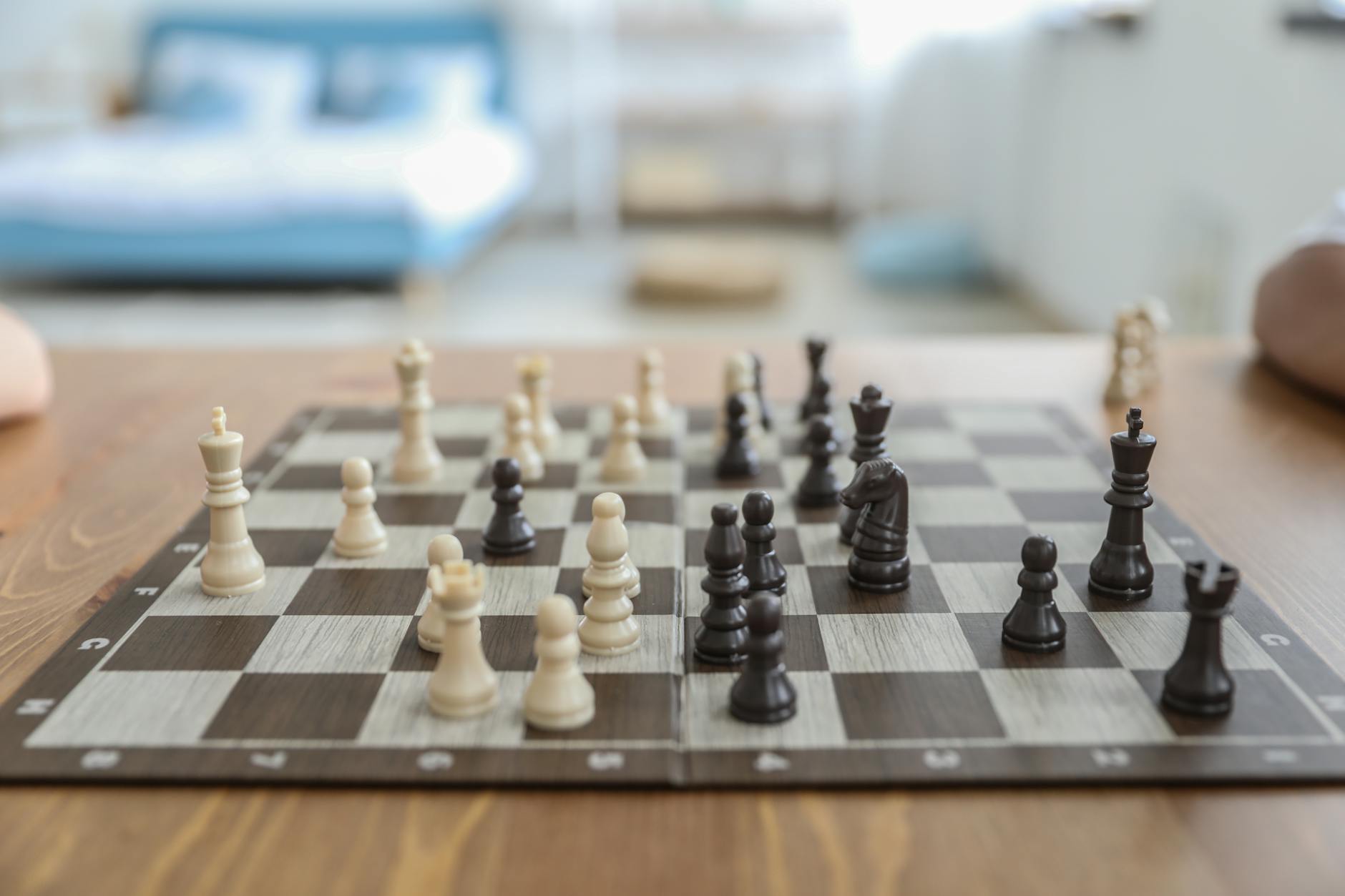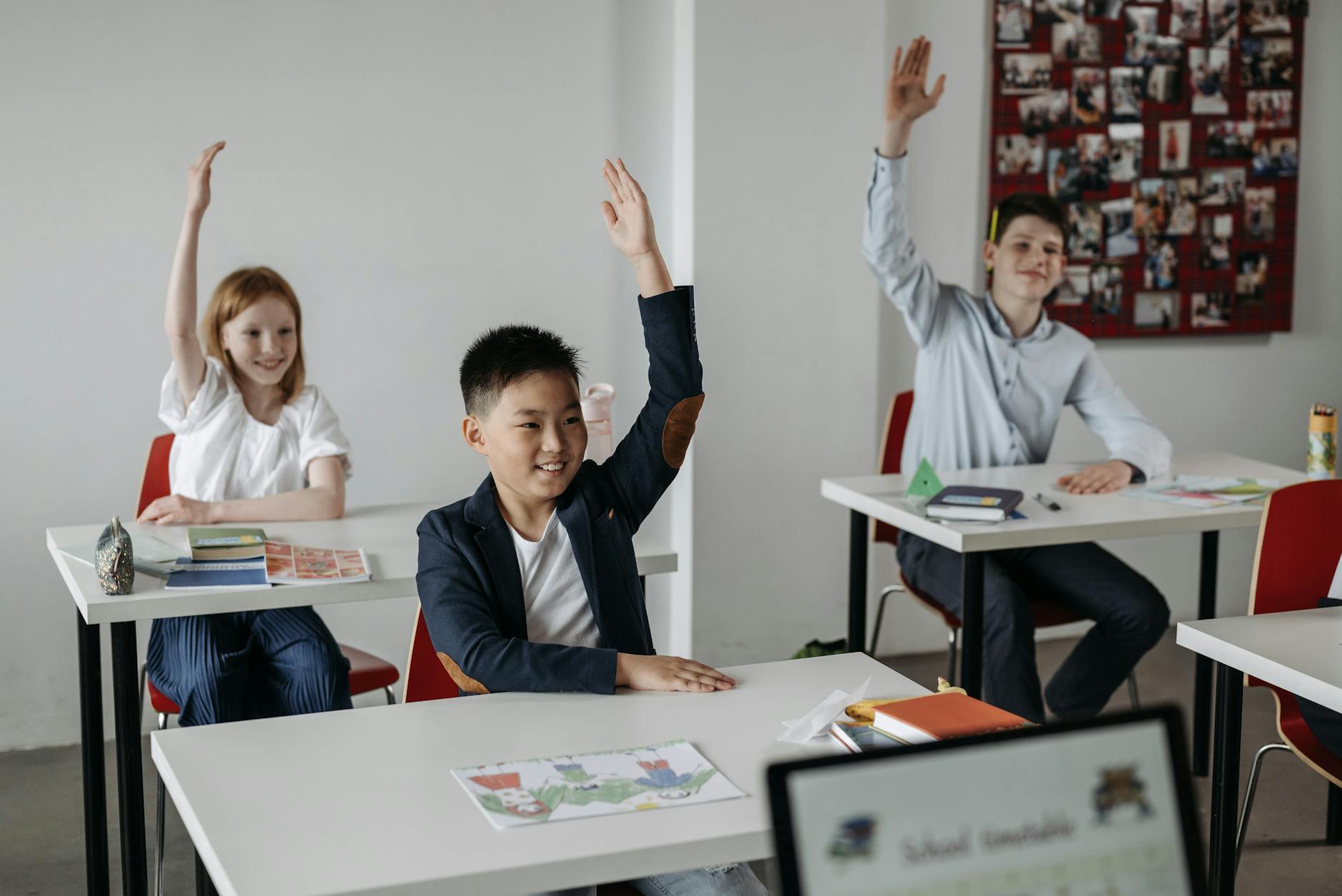How to Enrich Your Creative Skills with Art Classes in the United States

Exploring Art Class Options
New York City, a hub of creativity, offers an array of art classes that cater to a variety of interests, right from classic forms to modern expressions. Take "cooking classes nyc," for instance, where the culinary art extends beyond mere taste to include visual creativity and technique. These sessions bridge the gap between traditional cooking skills and innovative artistry. Imagine learning how to create visually stunning dishes that are akin to the vibrant murals in Bushwick. The intersection of food and art here not only elevates the dining experience but also reshapes how we perceive and present food.
For those looking to explore beyond culinary arts, enrolling in diverse creative workshops can be enlightening. "pottery class san francisco" offers citizens at the other end of the country an equally engaging opportunity to delve into the tactile art of pottery. Whether you're shaping clay or learning to accent your dishes with fine details, these classes enrich your creative toolbox, expanding the boundaries of your artistic abilities.
Connecting your culinary pursuits with art allows for a symbiotic relationship where mastering aesthetic skills enhances the sensory experience of food. In Brooklyn, for example, the art studios in DUMBO provide a nurturing ground for creatives seeking to blend artistic principles with culinary excellence, contributing to a thriving, interdisciplinary art scene.
Benefits of Art Classes
Enhancing Creativity
Art classes, much like my experience observing the vibrant murals in Bushwick, play a critical role in sparking creative thought processes. Through activities like pottery and painting, participants are encouraged to explore various mediums, thus unlocking new realms of imagination. For those engaged in culinary arts, creativity can manifest as inventive food combinations or reimagined presentation styles. When students attend pottery classes nyc, they engage with the tactile nature of clay, mirroring the hands-on experience required in the kitchen. This creative synergy between art and cooking leads to more innovative culinary dishes.
Improving Mental Well-being
Engaging in art can significantly enhance one's mental health. The process of creating art offers a meditative escape, reducing stress and promoting mindfulness. This kind of mental reprieve is vital for culinary professionals who often deal with the pressures of a fast-paced kitchen. Artistic endeavours offer a calm oasis for the mind, fostering a balanced mindset that enhances performance in professional settings.
Networking Opportunities
Art classes also serve as a vibrant hub for expanding one's professional network. Whether it's at pottery classes nyc or cooking classes san francisco, meeting like-minded individuals provides the chance to exchange ideas and collaborate on new projects. Art studios can become fertile ground for professional growth. Just as the collaborative spaces in art studios in DUMBO fuel artistic synergy, art classes offer similar potential for forming connections that could benefit culinary careers. Such environments cultivate relationships that may lead to future collaborations, enhancing one's professional journey in both the artistic and culinary fields.
Integrating Art with Culinary Skills
Visual Presentation Techniques
As a Culinary Arts Professor, infusing your dishes with artistic flair can evoke a sensory experience akin to visiting the vibrant murals in Bushwick. The artistry behind couples cooking classes nyc lies in crafting not just flavors but vivid visual stories on the plate. Delve into visual presentation techniques that elevate your culinary creations to new heights. Consider various plating styles such as minimalist designs or intricate arrangements inspired by art studios in DUMBO, where simplicity meets sophistication and every colour plays a role. Incorporating texture variation—like smooth purées against crisp garnishes—brings a dynamic sensory layer to the dining experience.
Color Theory in Plating
Explore the subtleties of color theory in culinary arts. The cuisine you present can captivate diners much like a painting at the Brooklyn Museum charms its audience. Consider how complementary and analogous colors influence the perception of taste. A delicate pink salmon atop green asparagus creates a bold contrast, engaging the eyes and preparing the palate for a harmonious balance of flavors. Remember that the emotional impact of colors can transform a dish into an experience, leaving a lasting impression and setting your culinary art apart.
Sculpting and Pastry Arts
Tap into your sculpting skills to add artistic sophistication to pastry arts. The delicate craft of molding chocolate or creating sugar work requires a keen eye and precision, reflecting the values of craftsmanship and innovation you uphold. Like brushstrokes in a masterpiece, each detail in your dessert sculptures should be deliberate. As with virtual team building activities, cultivating these fine skills can foster creative camaraderie among peers, pushing the boundaries of culinary artistry.
Choosing the Right Class for You
Skill Level Assessment
Assessing your skill level is pivotal when selecting an art class. Start by considering where you currently stand in your artistic journey. Whether you're a novice eager to learn or an experienced artist looking to refine your skills, knowing your proficiency level can save you time and enhance your learning experience. Self-evaluation is key; it’s essential to determine which techniques you’ve mastered and which ones you might need to revisit, especially if you aim to blend artistic skills with culinary ones, similar to the dynamics at play in online craft classes.
Instructor Qualifications
The expertise of the instructor plays a crucial role in your learning. Look for instructors who have a robust background in the art form you're aspiring to master. Verify their credentials, professional experience, and teaching approach to ensure they align with your learning style. A good instructor not only teaches but inspires, similar to the passion found in art studios across Brooklyn, where creative expression thrives on expert guidance.
Class Format Preferences
Choosing the right format is essential, as it impacts both your convenience and personal growth. Consider if you prefer an immersive, in-person experience such as a paint and sip nyc, or if your schedule aligns better with the flexibility of online classes. Think about how each format will fit into your lifestyle and learning habits. Balancing these considerations will ensure that you find a class that enhances both your artistic and culinary creative expressions effectively.
Common Art Class Mistakes
Time Management Slip-ups
We all get excited, caught up in the creative whirlwind that is art, especially when surrounded by the inspiring backdrops of "art studios in DUMBO." But let me share a nugget of wisdom: don't bite off more than you can chew. Overcommitting your time can lead to burnout and stifle that artistic flame we’re trying to nurture. Balance is key. Be realistic about how much time you can dedicate to your craft each week without neglecting other commitments or self-care.
Skipping the Fundamentals
Now, I totally get it—everyone wants to dive into the more glamorous aspects of art, like creating those vibrant murals in Bushwick. But trust me, skipping foundational skills is akin to trying to paint without understanding how colors interact with each other. It's the basics that build a sturdy creative structure. Mastering these skills will only enhance your ability to bring more complex compositions to life.
Feedback Oversight
We've all been there, standing unsure amidst a maze of paint and canvas. It can be tempting to shrug off criticism, but listening to feedback is essential. Whether you're at a workshop at the Brooklyn Museum or an online class, feedback acts as your personal guide to art evolution. Embrace it, let it refine your work, and you’ll find your art becoming more compelling and your creative voice clearer.


